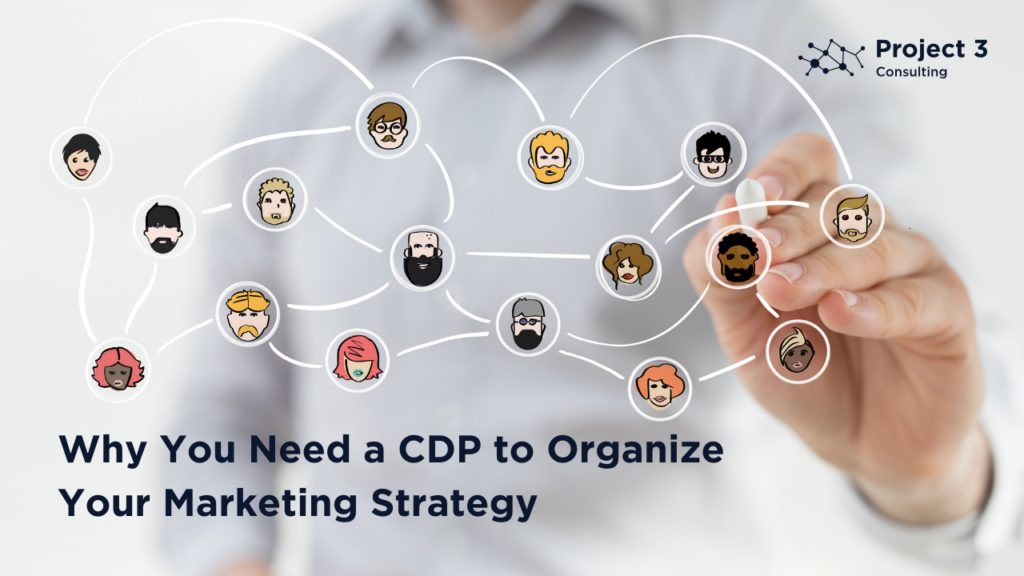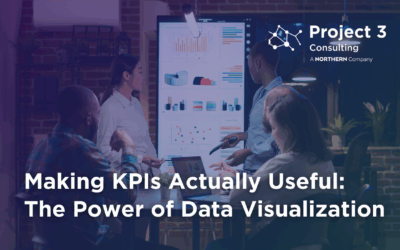
Let’s talk about something we all do–or at least should do–from time to time: organizing our closets. When you’re arranging your closet, do you keep your clothes neatly folded and sorted, or do you just throw them in there without a second thought?
Now, imagine trying to get dressed when all your clothes are tossed around randomly in your closet. Sounds frustrating, right? It would take forever to find what you’re looking for, and you might end up making a mess. The same goes for your customer data. When your data is scattered all over the place, it’s just as frustrating to work with.That’s where a Customer Data Platform (CDP) comes in handy. A CDP helps you centralize and organize all your customer data in one place. Think of it as a custom closet organizer for your marketing efforts, helping you quickly find what you need to put together the perfect marketing campaign.
Let’s Get A Little More In-Depth—What is a CDP?
A CDP is like that ultimate closet organizer for your marketing strategy. It stores and arranges all the data about your customers, making it easy to find and use when you need it. Whether it’s data from your sales tools, email marketing lists, or customer loyalty programs, a CDP brings it all together in real-time.

Why Your Business Needs a CDP
Here are a few reasons why a CDP is a game-changer for your marketing strategy:
- Centralizes Your Data: A CDP brings together data from various sources, like your CRM, email lists, and loyalty programs, into one unified platform. This consolidation allows you to have a comprehensive view of each customer’s interactions with your brand. For example, if you use tools like Tealium or Segment, you can integrate data from different channels, such as website visits, email engagement, and purchase history, all in one place. This unified view helps you better understand your customers and tailor your marketing efforts more effectively.
- Saves Time and Effort: No more searching through piles of random spreadsheets or notes to find what you’re looking for. With a CDP, all your data is in one place, saving you time that you can use on other parts of your marketing strategy–like writing a blog, creating content, or prospecting for new customers.
- Helps Understand Customer Behavior: With a CDP, you can analyze customer behavior to gain insights into their preferences and needs. This helps you create more personalized and effective marketing strategies. For example, Tealium AudienceStream can help you segment your customers based on their behavior, like purchase frequency or product preferences.With this information, you can tailor your messaging to align with your customers’ demonstrated interests and behaviors, and increase the chances of engagement and conversion.
- Enables Targeted Campaigns: Once you know which of your customers are most likely to make a purchase, you can create targeted campaigns just for them. CDPs make it easy to personalize your messaging based on customer data, leading to more effective marketing. Adobe Experience Platform and Salesforce CDP are great examples of tools that offer these capabilities.
- Optimizes and Measures Results: After launching your campaign, a CDP allows you to track its performance in real-time. You can see how many customers opened an email, clicked a link, or made a purchase. Then, use this data to optimize future campaigns and improve your ROI.
An Example of How a CDP Can Work for You: A Sporting Goods Retailer
Let’s explore how a Customer Data Platform (CDP) can supercharge email marketing for a sporting goods retailer:
1. Building Your Email List:
Imagine you’re a sporting goods retailer with multiple data sources—your e-commerce platform, in-store purchases, email subscription forms, and loyalty programs. A CDP automatically collects and unifies customer data from all these sources, creating a single, comprehensive customer profile. For example, if a customer has bought a pair of running shoes online and also signed up for a fitness newsletter in-store, the CDP consolidates this data. Now, you have a robust, targeted email list of customers who are interested in running.
2. Analyzing Customer Behavior:
With a CDP, you can gain deep insights into your customers’ behaviors and preferences. For instance, the CDP can reveal that a segment of your customers frequently purchases running gear and engages with content about marathon training. By analyzing these behaviors, you can understand what drives their purchases and how they interact with your brand. This information helps you craft marketing campaigns that truly resonate with your audience, such as promoting an exclusive sale on running equipment or sharing expert advice on marathon preparation.
3. Creating Targeted Campaigns:
Once you have segmented your customers based on their behavior and preferences, you can create personalized email campaigns. For example, you might target customers who recently bought running shoes with an email featuring a discount on running apparel and accessories. Meanwhile, another email might go out to those interested in team sports, promoting a new line of soccer gear. This level of personalization ensures you’re sending the right message to the right people, increasing the likelihood of engagement and conversions.
4. Measuring Success:
After launching your email campaigns, the CDP allows you to track their performance in real-time. You can see metrics such as open rates, click-through rates, and conversion rates for each customer segment. For instance, you might find that emails promoting winter sports gear have higher engagement rates among customers in colder regions. This data-driven insight enables you to tweak your strategy and optimize future campaigns, ensuring you’re always maximizing your results and driving more sales.
By leveraging a CDP, a sporting goods retailer can not only streamline its email marketing efforts but also create a more personalized shopping experience that keeps customers coming back for more.
Wrapping It Up
A CDP gives you the full picture of your customer data, making it easier to create targeted, personalized campaigns that drive results. And as first-party data becomes more important, having a reliable CDP like Tealium, Segment, or Adobe Experience Platform will be essential for your business.
Need Help with CDP Strategy or Implementation? If you still have questions about customer data management or need assistance with CDP strategy and implementation, we’re here to help! Reach out to Project 3 Consulting for expert guidance and support. We look forward to working with you!




